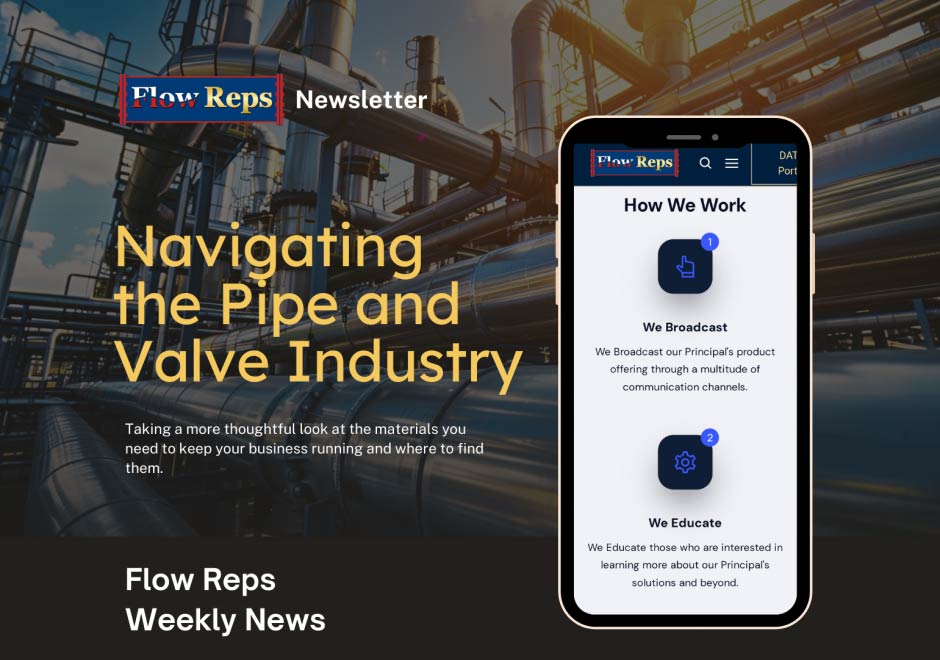The Best of Flow Reps. Straight to your inbox.
A Monthly Email Packed With SOLUTIONS! Not decision.
Thank you! Your submission has been received!
Oops! Something went wrong while submitting the form.

Q&A Resource
Answer
KEY TAKEAWAYS
A pig device is a mechanical tool used in pipelines for various maintenance and operational purposes, such as cleaning, inspection, and product separation. The term "pig" is often believed to originate from the squealing noise that earlier models of these devices made as they moved through the pipeline, though some suggest that “PIG” is an acronym that stands for Pipeline Inspection Gauge.